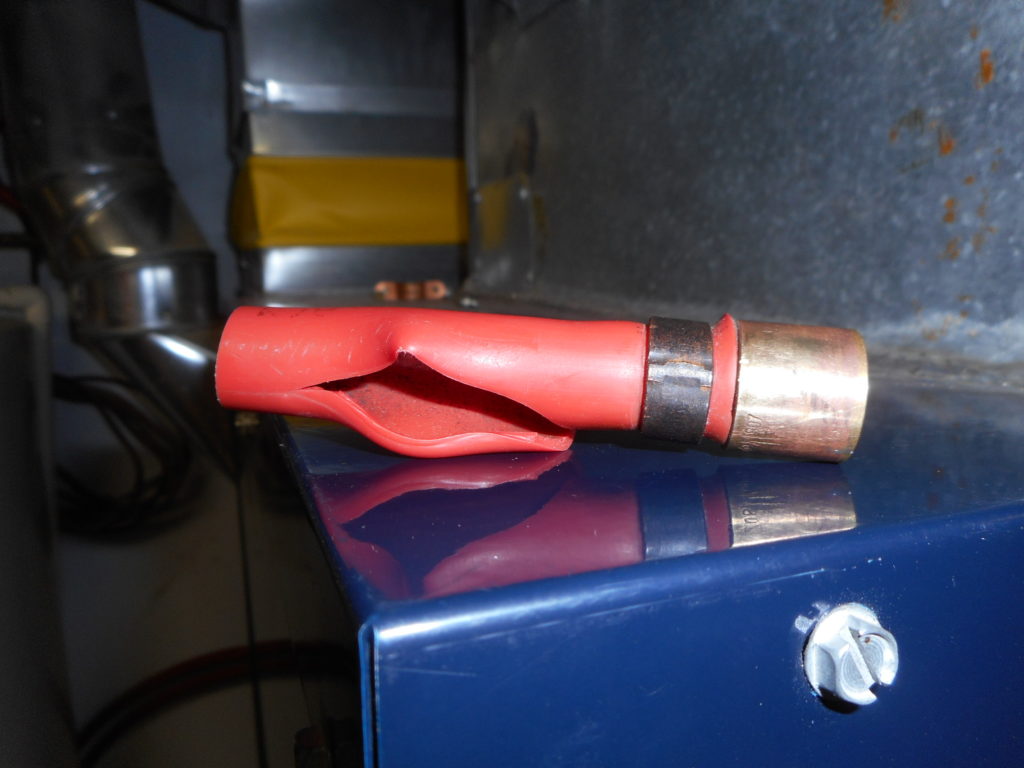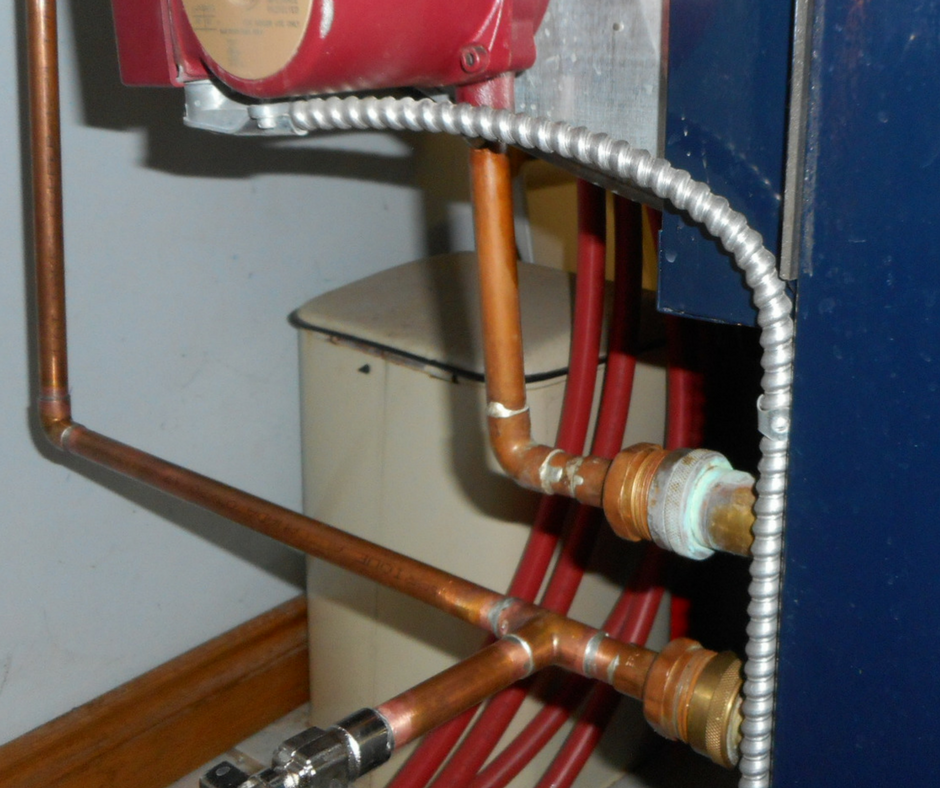Geothermal Unit Check-in
Geothermal heating and cooling units have become a popular option for homes and businesses in our area. A move to less reliance on fossil fuels and increased efficiency, coupled with government grants have driven the growth.
Geothermal units use the relatively constant temperatures of 6 to 11 degrees Celsius in the soil below the frost line. Fluid circulates through a series of pipes buried below that frost line, extracting heat from the earth. The heat energy is transferred to the geothermal unit that compresses the extracted heat to a high temperature. The heat is then delivered to your home through a normal duct system.
For cooling, the process is reversed. The system removes heat from the air in the home and deposits it into the earth using the pipes.
The inner workings of how geothermal units actually compress the heat and send it through the house are best left for the technical experts, but it does involve very, very hot water. And that’s where the problem we want to address comes in.
On many of the geothermal units installed in our area, PEX piping has been used to hook the unit up to the water heater. (The hot water going through the water heater is part of the process). South Easthope Mutual recently had a claim where the PEX piping degraded and burst open, causing a basement flood. Discussing the issue with reputable plumbers and heating and cooling experts has revealed they have been replacing the PEX piping on older geothermal units and installing new units with copper piping. The water travelling through the piping from the geothermal is much hotter than the normal water coming out of a water heater. It could cause the PEX piping to degrade and potentially burst. This is what happened in the claim.

We are publishing this blog as a reminder to check your geothermal unit. Look to see if the piping appears to be in good condition or if it has been updated to copper. If you don’t know what you are looking for, call your heating and cooling professional to come and check. We’re not saying you have to update the piping, but please inspect its condition to hopefully help prevent a flood. When we all work together to help prevent claims, we make your company stronger.

To see more information on Geothermal Units and the technology, please visit Geothermal Ontario’s website at http://ontariogeothermal.ca/geothermal-101.html#howdoes.
*Source for geothermal background information: http://ontariogeothermal.ca/geothermal-101.html#howdoes

Leave Comment